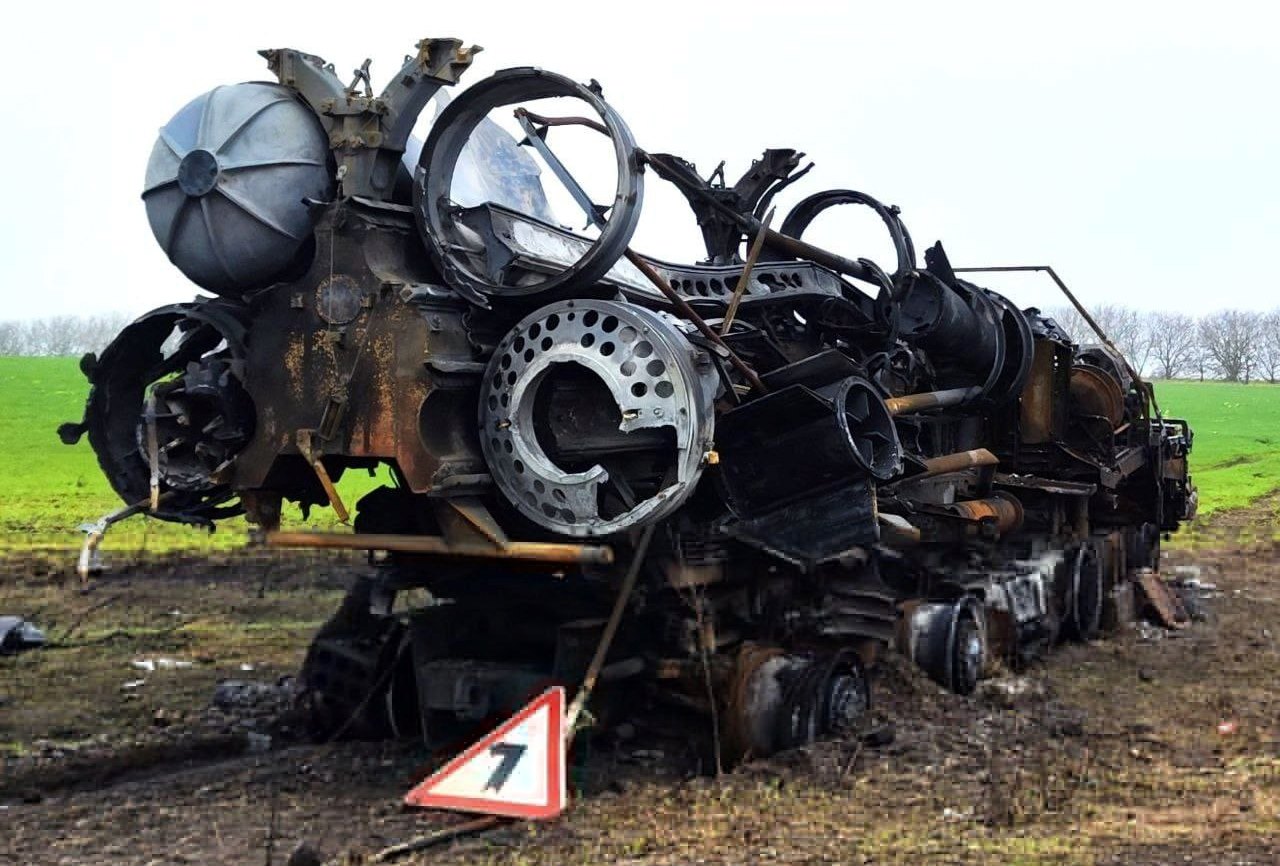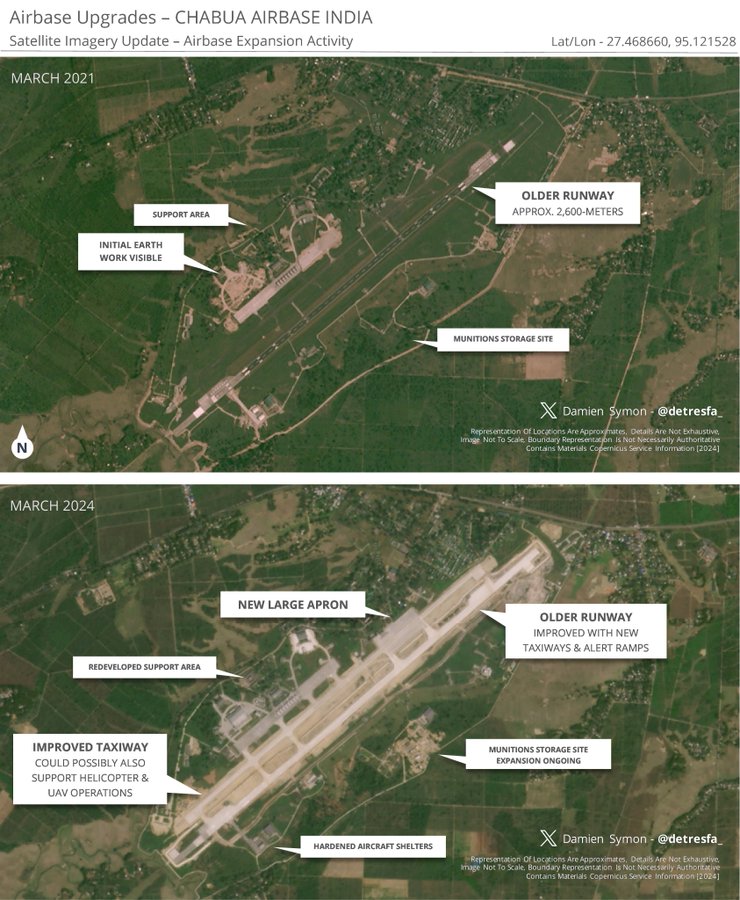The USS Connecticut, a Seawolf-class nuclear attack submarine, encountered a significant mishap during a classified mission in October 2021, revealing vulnerabilities despite its advanced stealth technology. This incident, which took place in the South China Sea (SCS), led to extensive investigations aiming to uncover the reasons behind the accident.
On the fateful day, the USS Connecticut struck a seamount while cruising at high speed in the northern SCS, tarnishing the reputation of one of the US Navy's most powerful and expensive submarines. The incident prompted calls for a thorough investigation, especially given China's criticism of the US's opaqueness and irresponsibility regarding the event's specifics.
A recent Chinese study, led by engineer Li Yuhang of the 713th Research Institute of China State Shipbuilding Corporation, provided new insights. The researchers used real-world data from Chinese sensors in the SCS to examine water surface wakes. Published in the Chinese Journal of Theoretical and Applied Mechanics on May 27, the study found that submarines like the SSN-22, traveling at depths of 100 meters and speeds over 20 knots, can create detectable surface ripples, potentially revealing their position.
This groundbreaking finding challenged previous assumptions about modern submarine invincibility and highlighted the delicate balance of power in the region. The study's results were the first to use real SCS data to systematically analyze the water surface response to submarine movement.
The US Navy's investigation into the accident identified multiple failures in navigation planning, execution, and risk management as the cause. The investigation revealed that the USS Connecticut’s navigation review team had failed to identify and mark at least ten underwater hazards and had incorrectly assessed the operating area as open. This led to a significant period of inactivity for the submarine due to damage, with eleven sailors sustaining minor injuries.
The incident also reignited US-China tensions over territorial claims in the South China Sea. On October 2, 2021, the USS Connecticut struck an object in international waters during China's National Day celebrations, coinciding with heightened military drills by the People's Liberation Army (PLA) near Taiwan. The PLA's air activity saw a significant increase, escalating tensions further.
Technological advancements in wake detection have also played a role in understanding the incident. Recent progress in AI and anti-submarine radar technology, including the development of a 6G radar capable of detecting minute submarine ripples, has improved the ability to locate submarines. Chinese researchers reported a 96 percent accuracy rate in detecting submarine wakes using AI, highlighting the growing sophistication of detection systems.
In conclusion, the USS Connecticut's collision has underscored the evolving dynamics of undersea warfare, where stealth alone is no longer sufficient. The incident has marked a significant moment in the race for technological superiority in the challenging environment of the South China Sea, influencing the future of submarine operations.


:quality(70)/cloudfront-us-east-1.images.arcpublishing.com/archetype/6NMORPGQGRE33DQZTZ2FHSMAZU.jpg)




:quality(70)/cloudfront-us-east-1.images.arcpublishing.com/archetype/3KMSTHMLXNDS7O3GIJTBW4WPZ4.jpg)
